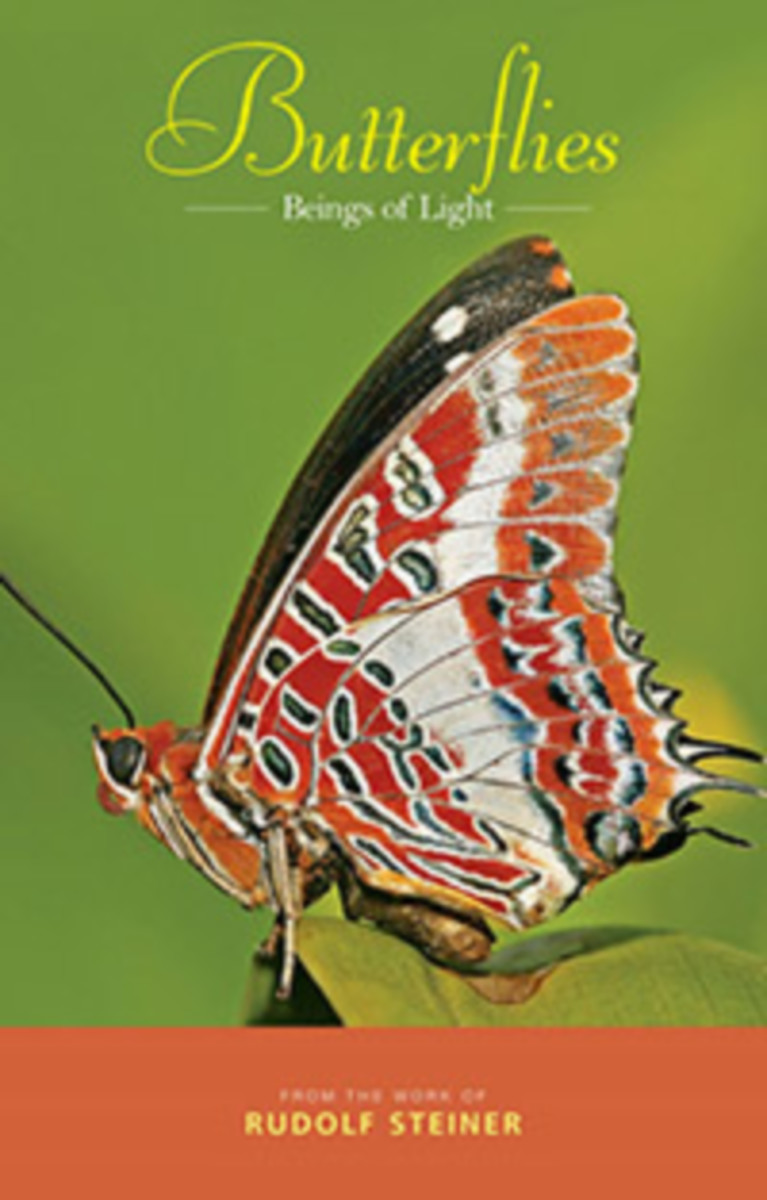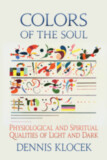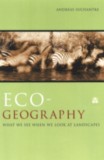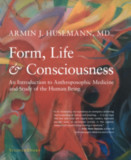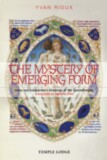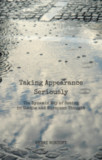Butterflies
Beings of Light
- Publisher
Rudolf Steiner Press - Published
18th June 2013 - ISBN 9781855843752
- Language English
- Pages 88 pp.
- Size 5.5" x 8.5"
"The butterfly flutters above and over the earth, borne on the air and shimmering with light... We ought really to see them as nothing other than beings of light, joyous in their colours and the play of colours. All the rest is garment and luggage." —Rudolf Steiner
Truly poetic and deeply esoteric, these lectures by Steiner have been gathered here in a single volume for the first time, with an in-depth introduction that traces and explains the stages of butterfly metamorphosis.
The emergence of the butterfly from its pupa is one of the most moving phenomena we can encounter in nature. In this creature's visible transformations, we can experience a revelation of spirit. The butterfly, says Steiner, is "a flower blossom lifted into the air by light and cosmic forces". It is a being that develops from and through light, via a process of incorporation and internalization. By gazing into the world of these special and rarefied creatures, we can intuit that they radiate "something even better than sunlight: they shine spirit light out into the cosmos."
CONTENTS:
Introduction: “The Butterfly Being” by Wilhelm Hoerner
1. Woven Sunlight
2. Metamorphosis
3. Born out of Light
4. The Butterfly as an Image of the Immortal Soul
5. Butterfly Beings and Plant Nature
6. The Butterfly’s Spiritualization of Matter
7. butterfly Corona, Early Evolution, and Reincarnation
Appendix: “Planetary Evolution”
Rudolf Steiner
Rudolf Steiner (b. Rudolf Joseph Lorenz Steiner, 1861–1925) was born in the small village of Kraljevec, Austro-Hungarian Empire (now in Croatia), where he grew up. As a young man, he lived in Weimar and Berlin, where he became a well-published scientific, literary, and philosophical scholar, known especially for his work with Goethe’s scientific writings. Steiner termed his spiritual philosophy anthroposophy, meaning “wisdom of the human being.” As an exceptionally developed seer, he based his work on direct knowledge and perception of spiritual dimensions. He initiated a modern, universal “spiritual science” that is accessible to anyone willing to exercise clear and unbiased thinking. From his spiritual investigations, Steiner provided suggestions for the renewal of numerous activities, including education (general and for special needs), agriculture, medicine, economics, architecture, science, philosophy, Christianity, and the arts. There are currently thousands of schools, clinics, farms, and initiatives in other fields that involve practical work based on the principles Steiner developed. His many published works feature his research into the spiritual nature of human beings, the evolution of the world and humanity, and methods for personal development. He wrote some thirty books and delivered more than six thousand lectures throughout much of Europe. In 1924, Steiner founded the General Anthroposophical Society, which today has branches around the world.


